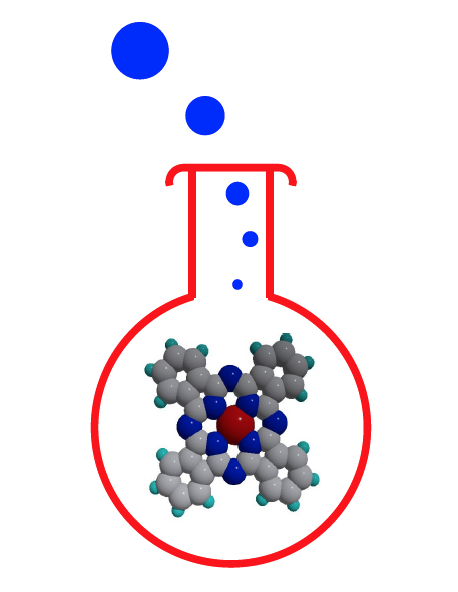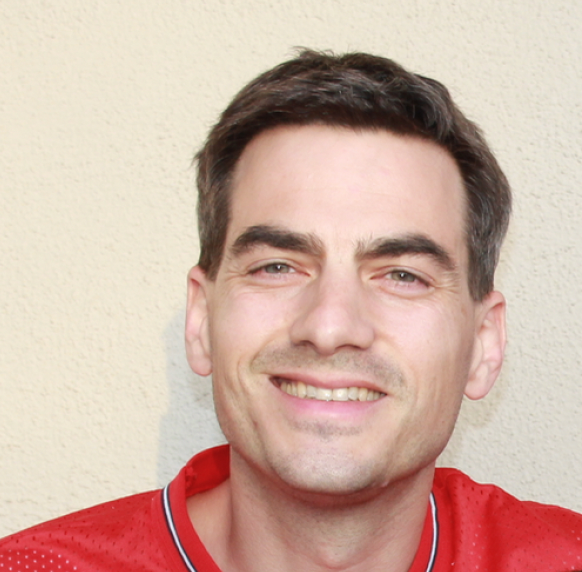PHYS 545 - Advanced Experimental Methods in Materials Science
2022-10-07
Preface
This book is based on the lecture notes of the course PHYS 545 - Advanced Experimental Methods in Materials Science. On the one hand, it is a unique course that takes advantage of the local experimental research equipment at hand, but on the other hand provides broad training for any aspiring physicist. This course combines an advanced laboratory with a seminar.
Laboratories enrich every student’s education experience. The laboratories not only convey hands-on experience, but provide important knowledge on ethics, lab notebook keeping, writing, exploration, and literature review; in other words, it provides a well-rounded approach towards science. This lab is intended for upper-division undergraduate or early graduate students.
Although physics is part of what is commonly referred to as “exact sciences”, physicists - maybe paradoxically - understand their field as an “approximation”; i.e. theorems in physics are approximations as opposed to mathematics, where they are exact. No matter what, there is some uncertainty with the nature that we observe and live in. Therefore, training of understanding observations and uncertainties are of utmost importance.(Ostrovsky 2005)
Three experimental techniques with broad applications are introduced, namely pulsed nuclear magnetic resonance, atomic force microscopy, sensors using the Arduino micro controller. You are also introduced to rigorous note taking, ethics, limited programming, data graphing, and report writing. Each of those sections can be studied in any particular order.
The reader, at this level, is expected to interpret all the information; i.e. there may be variations, changes from the actual apparatus, missing steps, confuscated data, missing parts or poorly-constructed or damaged samples, which need to be analyzed with special care not explicitly discussed. Rather the discussion herein provides an outlook, an approach, and an apporach. The text aims at preparing you to perform a designed experiment with certain objectives. It is important that you understand the theoretical background of the experiment and you are encouraged to be curious and validate, test, and measure properties that go beyond the scope of this manual. The reader is also expected to refer and study the equipment manuals.
The experiments are preceded with information on ethical conduct, safety, scientific note taking, journal search, and lab report writing. In the next part, each of the four techniques is introduced with general theoretical background information. The experimentalist needs to throughly understand the equipment that he/she operates. In the second part, the four specific experiments are discussed. Each technique has two experiments listed, each of those experiments should take about 3 hours to complete. Included in the experimental section are also predictions. All predictions should be completed before you start the experiment and recorded in the lab notebook. The predictions are in place of a hypothesis that researchers make before completing the experiment. The predictions will help you with the analysis part of the report.
Since there is a hands-on laboratory associated with this course, some of the content will be specific to the instruments that are available.
One has to learn to operate an atomic force microscope in the first place and take images of various kinds of samples. But once those skills are mastered, the analysis of the images must rely on the understanding of how the AFM operates, therefore it is important to review not only the concepts, but also keep quantitative numbers in mind, so that we can tune the AFM to operate it at an optimized level.
This laboratory was first developed in 2008 at California State University Long Beach in order to prepare Master’s degree students for experimental research with the specific aim to foster the scientific method applied to modern physical experimentation, and to understand how to present results to the scientific audience both in oral presentations as well as written form.
Since the introduction of the course, many students have participated, both graduate and undergraduate students, all of whom have contributed in some way to what has been included in this booklet.
Copyright
This work is licensed under Creative Commons Attribution-NonCommercial-NoDerivatives 4.0 International License. CC BY-NC-ND Covers all content in the PHYS 445/545 course including but not limited to the videos, quizzes, handouts, and manuals.
![]()
![]()


- 2008 – 2022 Thomas Gredig
Acknowledgments
The Advanced Experimental Methods in Materials Science course was taught first in 2008 and has evolved over the years. Instruments have been provided through generous university donors, department funds, college and university funding, as well as funding from the National Science Foundation, in particular NSF Grant No. DMR 2018653 and NSF Grant No. DMR 0847552. The NanoHub by Ronald Reifenberger is a related course.

Gredig Lab Logo
